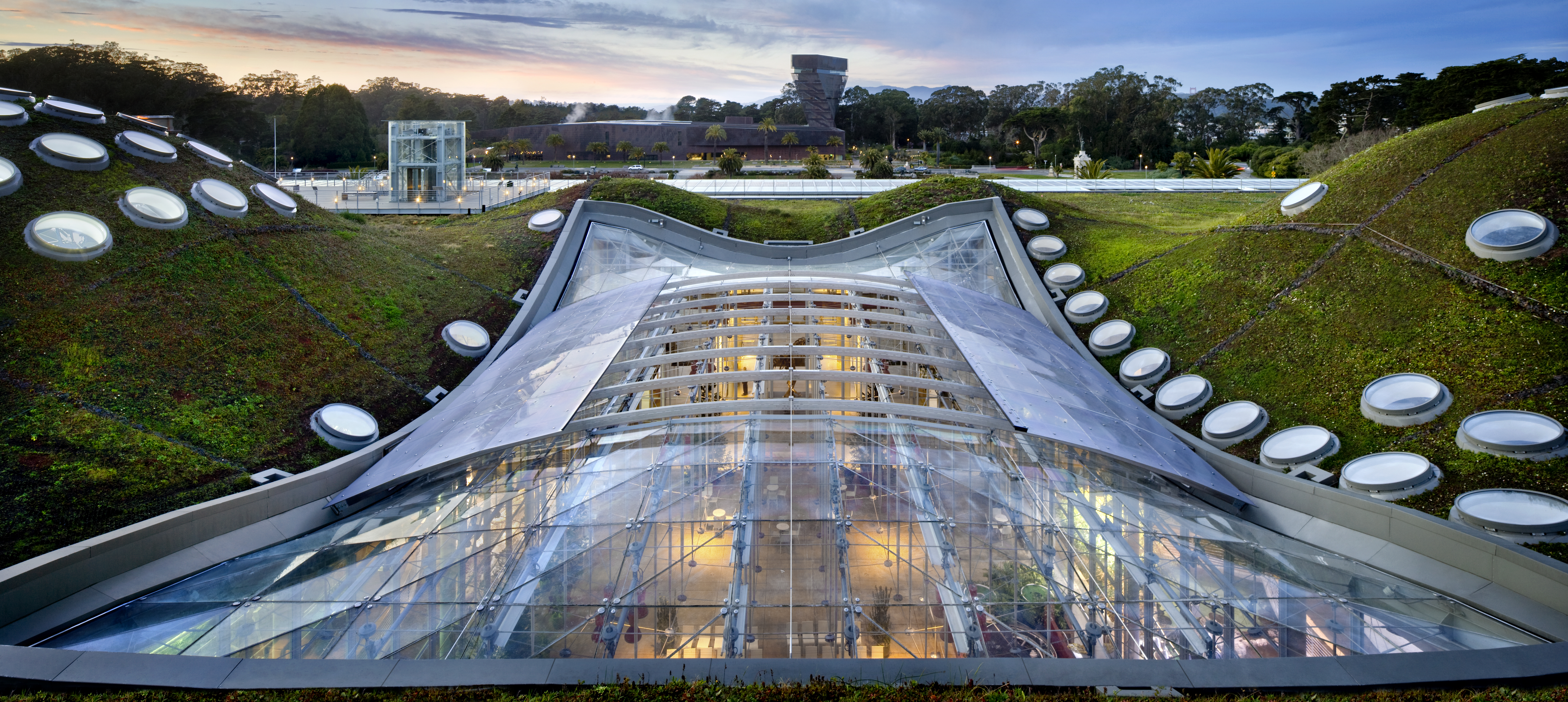As sensors, networks, and smart devices create increasingly interdependent building systems, collaborative research between design disciplines becomes vital for advancing the architecture, engineering, and construction industries. TEECOM, an international building technology consulting firm, was formed to embody a culture of multidisciplinary research. Joining the Center for the Built Environment consortium is a natural extension of the firm’s work.
When TEECOM was formed in 1997, the concept of networked building systems was in its infancy. TEECOM CEO David Marks anticipated that telecommunications systems in commercial buildings would provide the backbone for increased efficiency. After completing more than 2,000 projects, TEECOM is flourishing at the forefront of emerging technologies with services including IT/telecommunications, audiovisual, acoustics, security, network, wireless, VoIP, virtual reality, immersive environments, and projection mapping.
TEECOM’s core purpose is to create engaging environments that advance performance, sustainability, and discovery. This purpose was manifested in the firm’s work for the California Academy of Sciences, the world’s first double LEED Platinum museum as certified by the U.S. Green Building Council. The museum received its first LEED Platinum rating in the “New Construction” category upon its completion in 2008, and its second in the “Existing Buildings: Operations & Maintenance” category in 2011, certifying that the building operates at the highest standards of sustainability. A significant factor in the operational savings was convergence of the data infrastructure onto a single network, saving 166,000 kWh of energy per year despite a 52 percent increase in computing capacity.
TEECOM’s internal, self-funded research and development group, TEECOMlabs, provides a foundation for innovation in the intersection of buildings and technology. TEECOMlabs tests products, software systems, and hardware and software prototypes with the goal of improving human/technology interactions and reducing the impact of technology obsolescence.
“TEECOM and CBE are both primed to augment and improve the future of the built environment,” says Jake Tesler, Research and Development Hardware Engineer at TEECOMlabs. “Through innovation, research, collaboration, and discovery, we aim to break new ground and reinvent the very notion of what a built space could be.”
Image: California Academy of Sciences by David Wakely.

